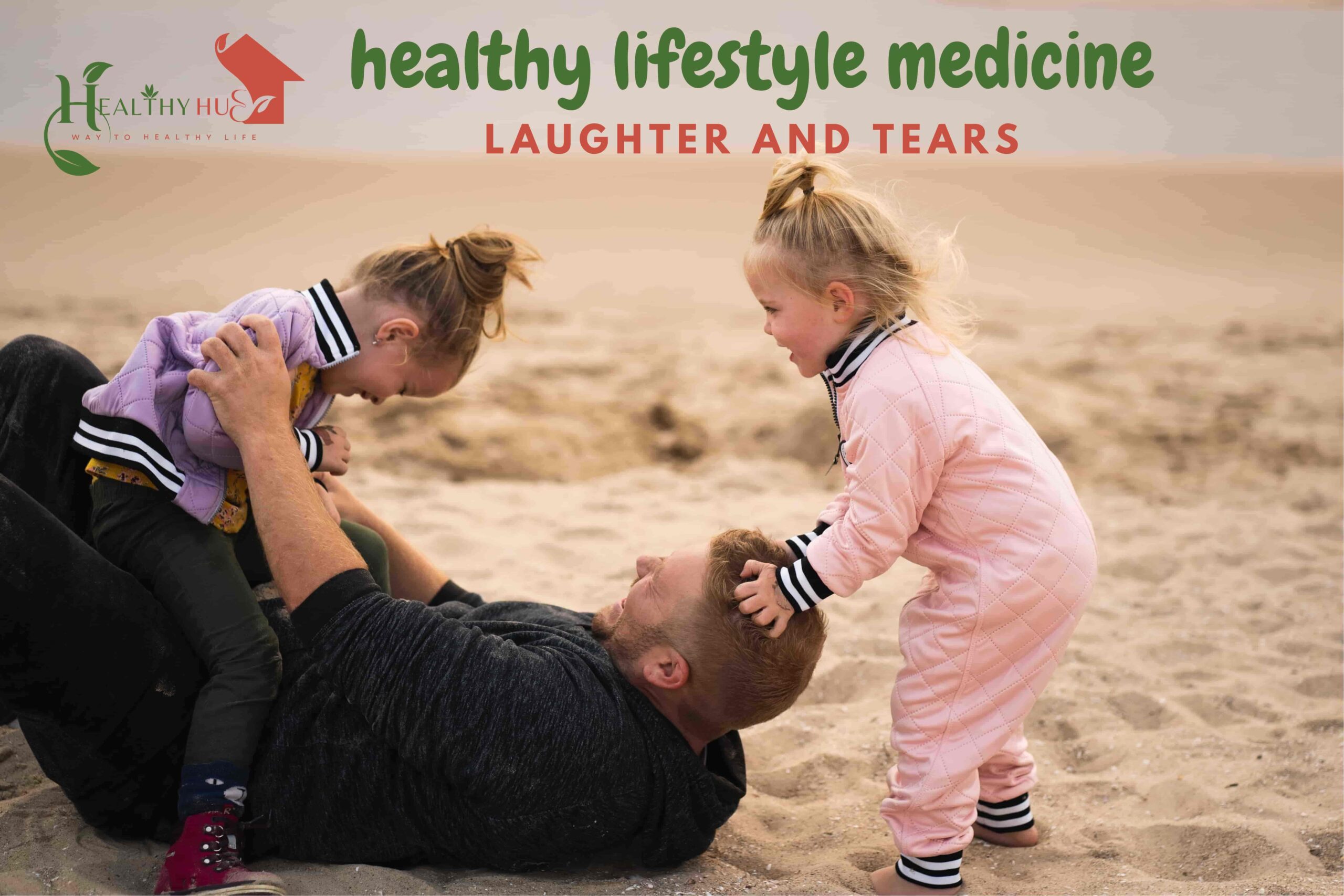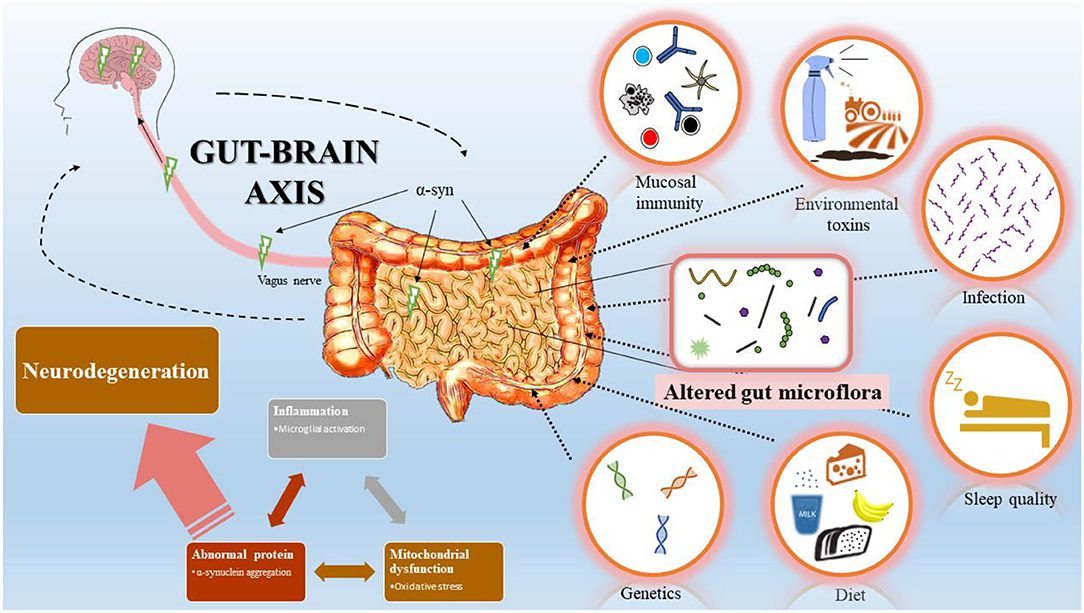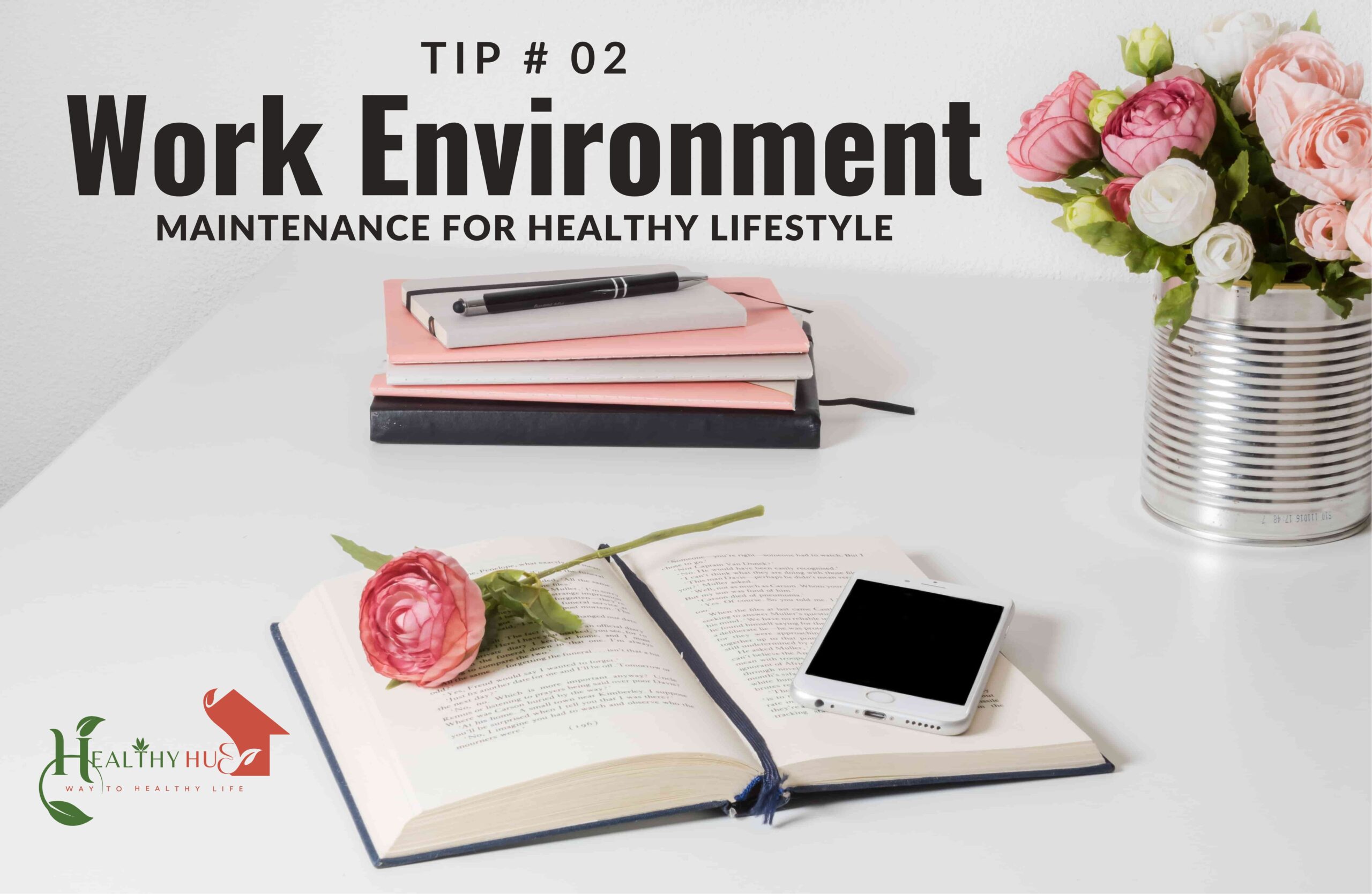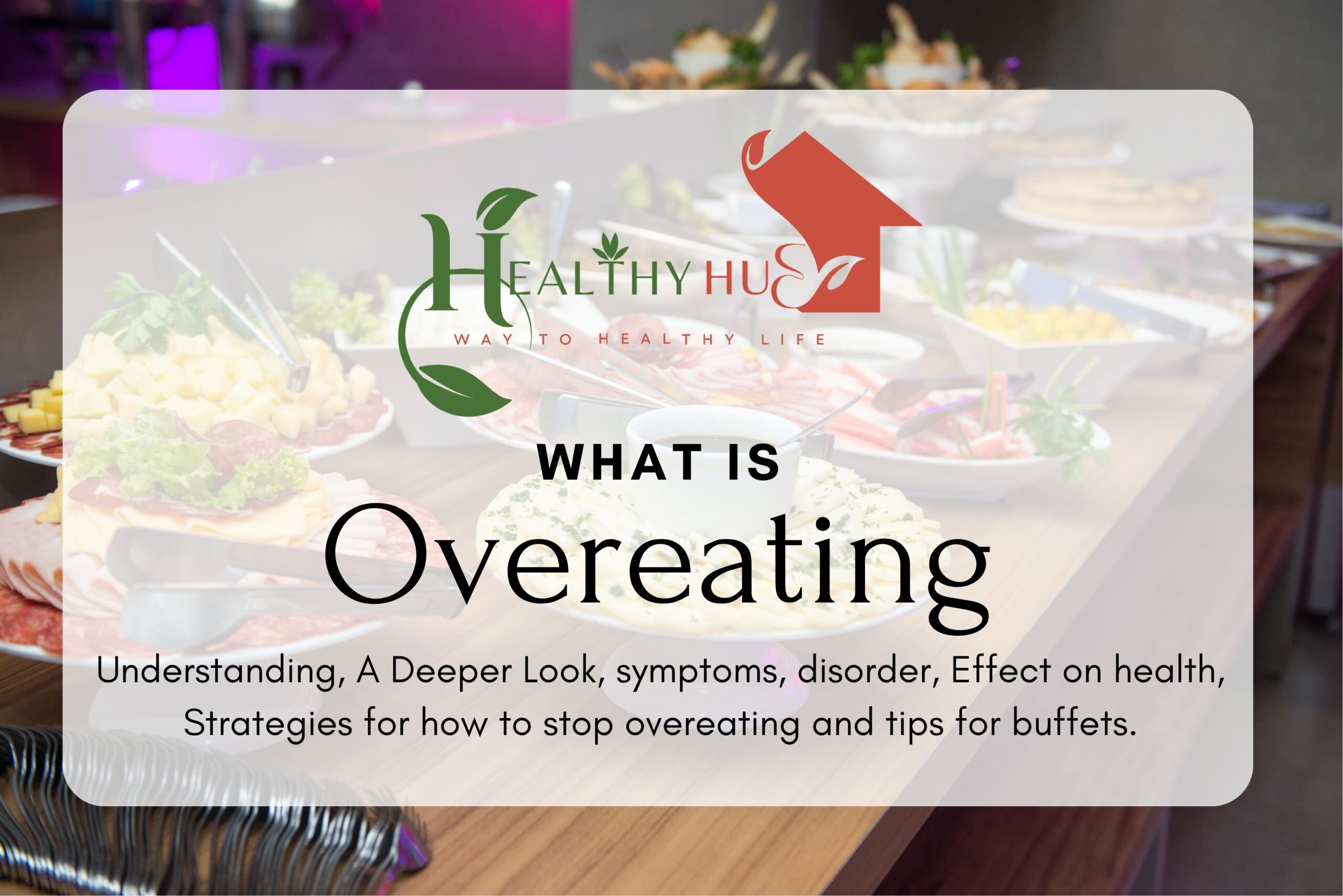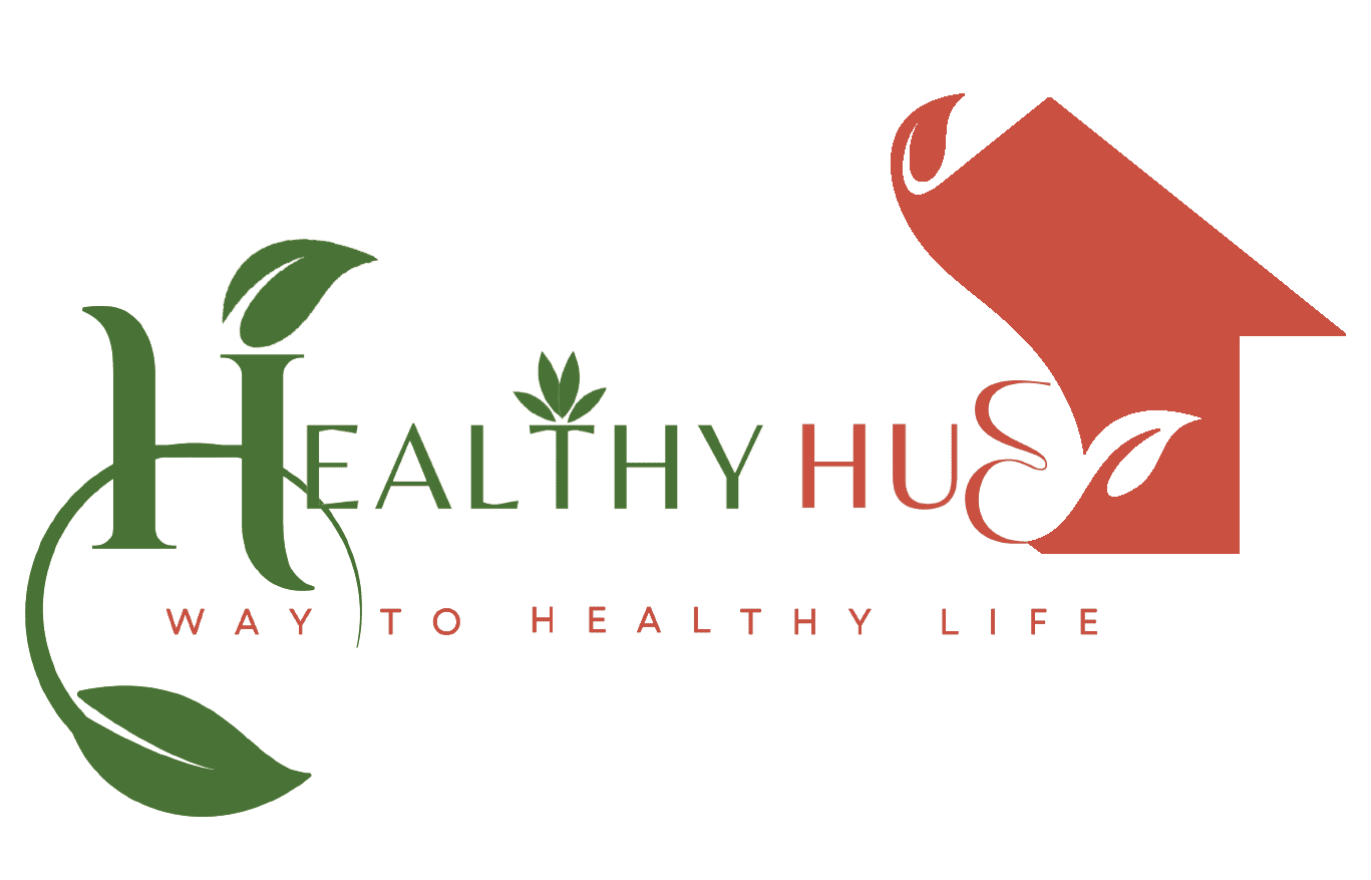In today’s busy, stress-filled world, maintaining a healthy lifestyle goes far beyond just eating well and exercising. True wellness involves your emotions, too. One of the most overlooked yet powerful aspects of a healthy lifestyle is embracing both laughter and tears — two natural emotional outlets that offer surprising benefits for your physical, mental, and emotional well-being.
😄 Laughter: The Best Natural Medicine
Laughter is far more than just a response to humour — it’s a healing force. Scientifically proven to release endorphins (your body’s feel-good chemicals), laughter can help you:
- Reduce stress
- Elevate mood
- Improve immune function
- Relax muscles
- Boost heart and lung health
🧬 Did you know? Laughter increases your oxygen intake, stimulates your organs, and helps release neuropeptides that fight stress and illness.
🧠 The Science Behind Laughter
When you laugh, your brain releases a joyful mix of endorphins and dopamine, lifting your mood and reducing cortisol (the stress hormone). This improves your ability to cope, builds emotional resilience, and fosters stronger social bonds.
💆♀️ Laughter as a Stress Reliever
Laughter instantly relaxes the body and mind. Some of its physical effects include:
- Reduced blood pressure
- Decreased heart rate
- Lowered anxiety
- Increased pain tolerance
😂 Even just anticipating laughter can boost your mood!
So don’t wait for something funny — watch a comedy, talk to a friend, or revisit a funny memory. Your body will thank you for it.
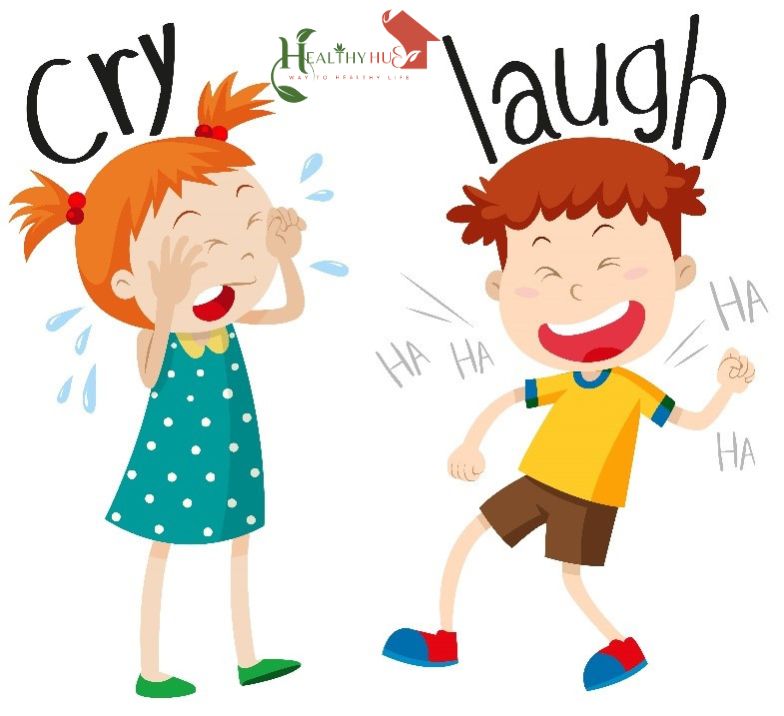
😢 The Healing Power of Tears
While society often labels crying as weakness, it’s actually a sign of emotional strength. Tears offer profound psychological and physiological benefits.
🧬 Types of Tears and Their Functions
- Reflex tears – flush out irritants (like smoke or dust)
- Continuous tears – protect and lubricate the eyes
- Emotional tears – release stress hormones and toxins
💧 Emotional crying is your body’s way of detoxifying and rebalancing your nervous system.
🌧️ Crying Is Self-Care
Crying can:
- Soothe your body by activating the parasympathetic nervous system
- Provide emotional relief during grief, fear, or joy
- Help with mood regulation and emotional clarity
Studies suggest that crying stimulates healing by reducing emotional suppression and allowing the brain to reset and regain balance.
✅ You’re not weak for crying — you’re healing.
🤝 Laughter and Tears: A Balanced Duo
Though they may seem like opposites, laughter and tears often coexist. Think about when you’ve laughed until you cried — or cried and then laughed at life’s unpredictability.
These two emotions:
- Help process both positive and negative feelings
- Prevent emotional buildup and burnout
- Offer an emotional reset button
🧘 Together, They Promote Mental Health By:
- Reducing symptoms of depression and anxiety
- Helping process grief, trauma, and stress
- Encouraging emotional authenticity and vulnerability

❤️ Crying Is Strength, Not Weakness
There’s courage in vulnerability. Crying in front of others — or simply allowing yourself to feel — promotes honest communication, emotional release, and self-compassion.
“You are not fragile for feeling deeply. You are strong for facing your emotions.”
🧠 Mental Health Benefits Recap
Laughter:
- Improves mood
- Reduces stress hormones
- Increases emotional resilience
Tears:
- Releases emotional tension
- Detoxifies the body
- Supports healing during grief and sadness
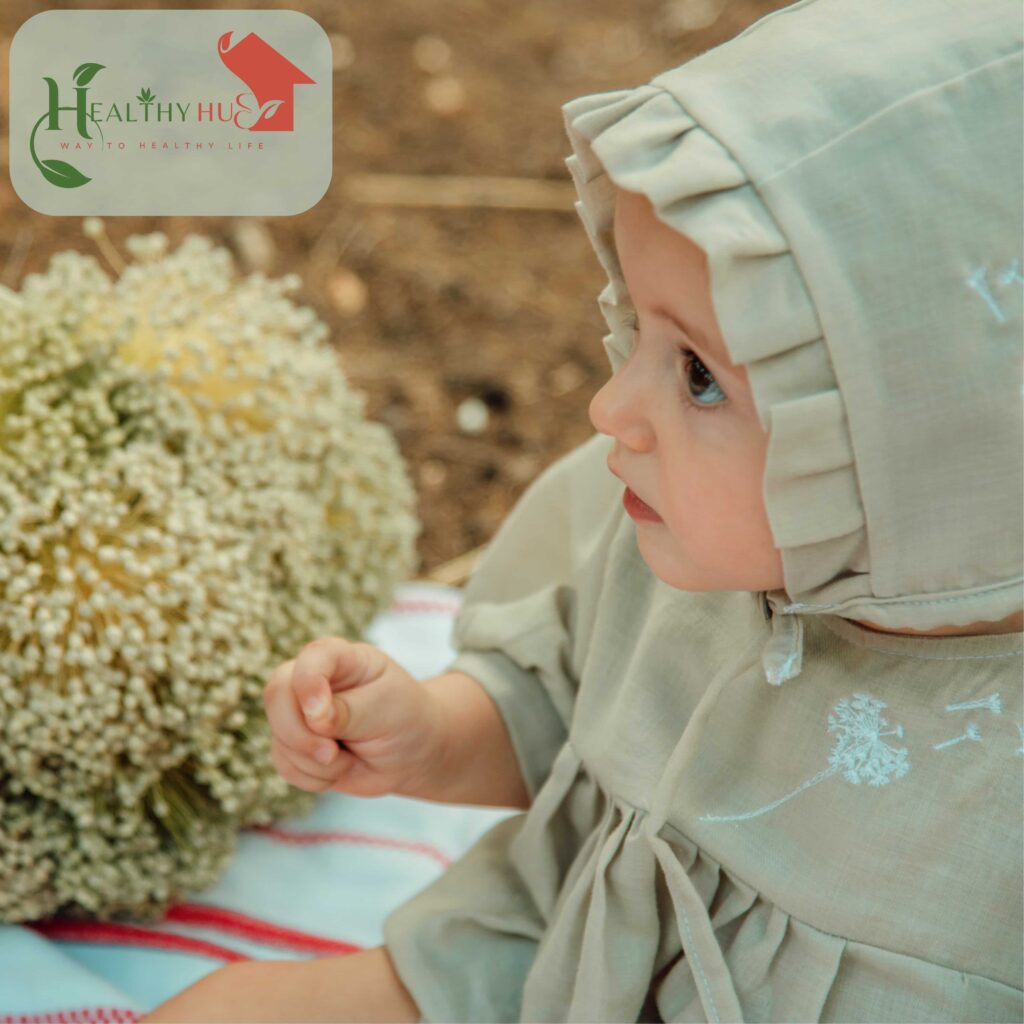
📝 Conclusion: Embrace Your Emotions for a Healthier Life
Laughter and tears are not just emotional reactions — they are essential tools for a healthy, balanced life. By welcoming both, you can:
- Boost your mood
- Lower stress
- Deepen relationships
- Strengthen your emotional health
- Improve your physical well-being
So next time life feels heavy — cry if you must, laugh when you can. Both are part of being beautifully human.
💬 Final Thought:
So curve the corners of your lips into a smile — or let those tears flow freely. Either way, your body, mind, and soul will thank you.

